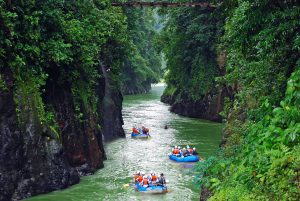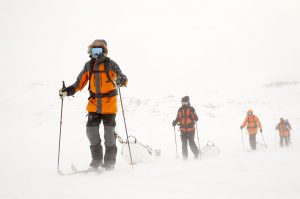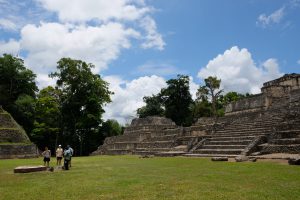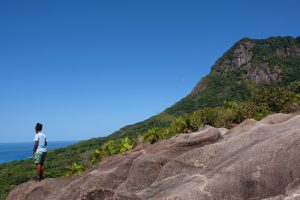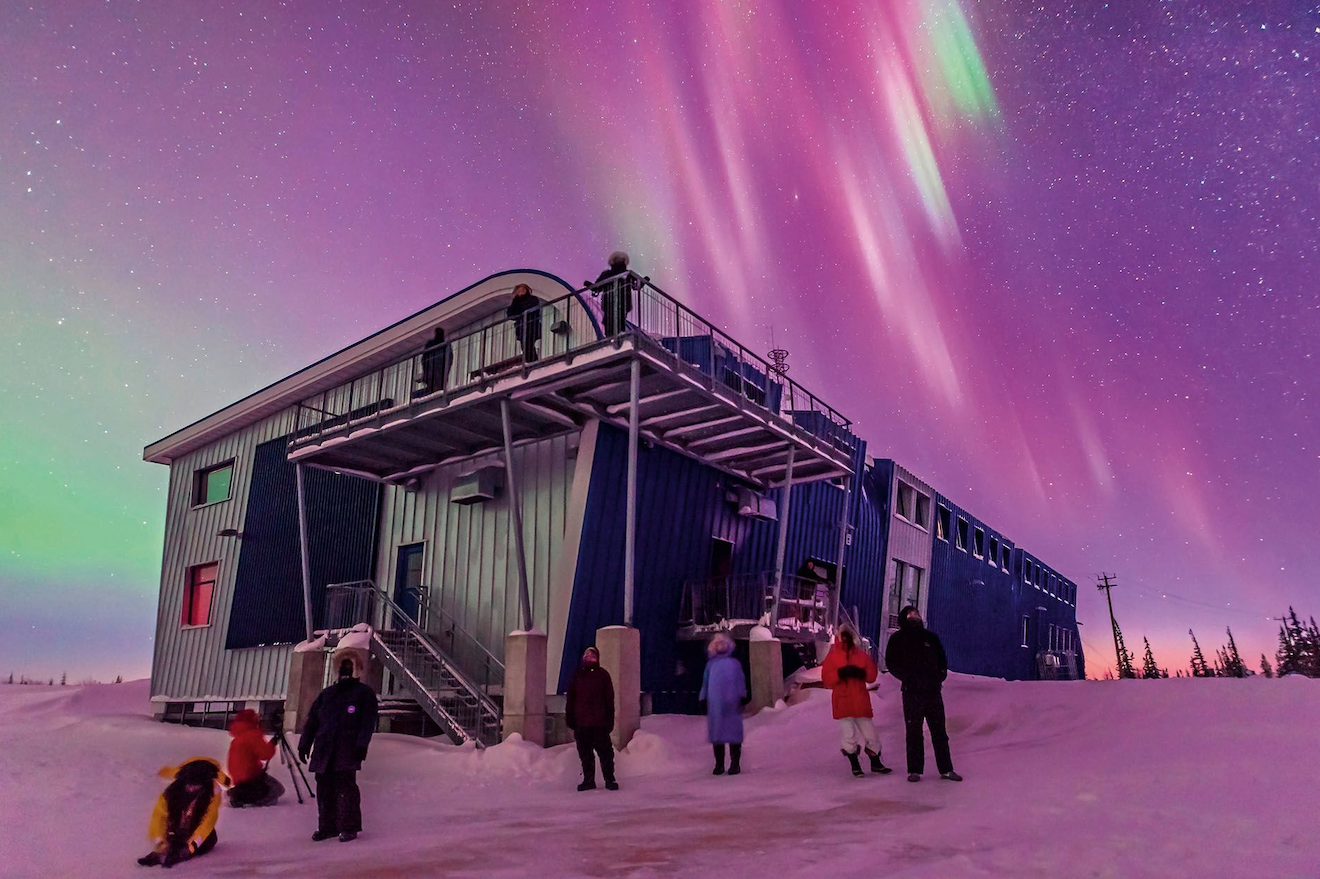
Churchill is one of the best places on Earth to view the northern lights. They dance overhead 300 nights a year — but it’s in the frozen months of February and March that the skies are at their clearest and the show really begins
View online at nationalgeographic.co.uk
Nature flexes its muscles and casts an almighty spell upon the remote, subarctic port town of Churchill during winter, smothering this settlement under thick snow drifts and stilling the tides of the Hudson Bay with a counterpane of ice. Tundra winds blow in from the north west, stripping the branches from spindly spruce trees, and the mercury plummets to well below freezing. Life quietens. Tourist numbers are as low as the winter sun, which slinks lazily across the southern horizon. And yet this harsh, monotonous season is the most beloved by many locals, for its quietude and glittering snowscapes. But also for the spectacular Northern Lights, which dance vividly through the crisp night skies. It’s the promise of this ultimate bucket list experience that coaxes me off the warm aircraft and into the breathtaking cold.
It’s -40C.
“A very warm welcome to Churchill,” quips Evan, the Churchill Northern Studies Centre (CNSC) programme coordinator, when he meets me at the airport. “I should warn you,” he says with mock sternness as we bundle into a van, “the windows might freeze if you insist on breathing.” Sure enough, as I peer out at the binary landscape of blinding snow and brilliant sky, my exhalations manifest as fractals on the glass. We follow a coastal road for 14 miles outside of the town to reach my home for the next five nights: a state-of-the-art scientific research facility built among the launch towers of a former rocket range.
After a hearty dinner, my fellow aurora-seekers and I gather in the lecture room to meet astronomy expert Alan Dyer. Our evenings at the CNSC start with talks from Alan to deepen our appreciation of the Northern Lights, and segue into sky watching — either out on the wrap-around viewing deck or under a cosy glass dome. There’s an air of nervous excitement in the room. Alan dims the lights, flicks on the projector, and takes us out into the cosmos. We watch a simulation of the Earth being blasted with solar wind from a coronal hole on the bubbling surface of the sun, and follow these particles as they collide with the atmosphere to create rippling bands of colour. He points out Churchill on a map: we’re right under the auroral zone. “We could be in for quite a show this week — scientists have noted a coronal hole turning to face us,” Alan concludes with a smile. “The height of any display tends to be around midnight, but shall we go take a look now?”
Outside, I tuck my gloved hands into my armpits, stamp my feet and squint through my hood’s furry halo. I can’t see much at first. The Northern Lights ‘learning vacations’ at the CNSC are scheduled to coincide with the new moon for optimum dark skies. It takes a while for my eyes to adjust. Slowly, I begin to make out the multitude of stars, and then I notice something new: a faint arc stretching across the sky, east to west, like the trail of some celestial being. Through it, the stars continue to shine like diamonds. It’s the aurora borealis.
A few hours and multiple mugs of hot chocolate later, the display peaks. A shout goes round the building, and I rush upstairs in my slippers to the viewing dome. Directly overhead, the aurora is dancing, snaking, merging and dividing. Its lines are crisp green, its delicate curtain of rays shimmer violet. It’s bewitching — and humbling — and like so many beautiful things, gone too soon. This show lasts only a few minutes. But I find that later, when I curl up in my dormitory, the hypnotic, flickering colours dance once again in my mind.
During the daytimes at the CNSC, I get a glimpse of life in an active research facility. Through the staff, I learn about ongoing projects examining polar bear ecology, botany and climate change. I explore the surrounding wilderness, too, walking on frozen lakes and learning how to build a quinzee (snow shelter) and an igloo, touring the former Cold War-era rocket base, built by the US Army to study the upper atmosphere. In the shadow of a launch building, Evan tells our group about Project Waterhole, an attempt in 1980 by American scientists to “turn off the lights” by shooting a specially designed rocket into the aurora. It largely failed, much to the local community’s delight.
One blustery afternoon, we drive to the outskirts of Churchill to meet David Daley, the owner of Wapusk Adventures, who takes us out on a sled pulled by his beloved huskies. We glide through the forest, David crying out commands and encouragement. It’s spectacular to move like this through nature. I can feel frost forming on my eyebrows and eyelashes, and notice wisps of hair turning white in the cold. And up ahead, in the blue sky, the sun appears splintered — two bright parhelia, or sundogs, glow on the rim of a wide halo, refracted through the icy air.
Another day, we’re taken on a tour of the town. Life in a remote community can be challenging, Evan explains, but with the train line reopened in November 2018 after 18 months, things are definitely on the upswing in Churchill. We stop by the Itsanitaq Museum, where we admire the collection of Inuit art. One painting depicts the ancient belief that the aurora (‘aqsarniit’ in Inuktitut) are the souls of the dead kicking a walrus skull between them.
Churchill has historically been the meeting place of different cultures. First, for the Inuit, Cree and Dene, and later for the Métis and those of European descent. It was a place of trade — not only furs and food, but also, inevitably, ideas and culture. So it feels fitting to learn about Inuit cosmology here. One widely held local belief about the Northern Lights is that whistling at them makes them dance — although another superstition holds that such an act invites misfortune, and can lead to the whistler being spirited away. I don’t need to risk whistling at the lights: throughout my stay, they appear of their own accord every evening in playful swirls, crowning Churchill’s snow-whitened wilds with waves of light, dancing to the rhythm of the cosmos.
Did you know?
Auroral displays are caused by solar storms, the most dazzling of which happen roughly every 11 years (the next is due in 2024). Displays are also triggered at other times during this cycle by bursts of solar wind (electrically charged particles emitted by the sun). Having said this, the sun emits solar wind constantly so there’s always some geomagnetic activity. Aurora watchers monitor this using the Kp index.
Solar wind particles collide with atoms in our atmosphere, gaining energy upon impact. When they slow down, they release photons, whose wavelengths we perceive as colours: oxygen atoms generally emit green and yellow light, while nitrogen emits red, purple and (very occasionally) blue.
Northern Lights appearances tend to be quite dim, while red hues in particular are often hard to see. This is because the wavelengths are at the limit of human vision. Cameras are far more sensitive, however, and can pick up colours and displays that the naked eye cannot.
Essentials
Getting there & around:
Air Canada offers flights from Heathrow to Winnipeg via Toronto from £456 return. From Winnipeg, fly with Calm Air to Churchill from C$727 (£411) return, or take a 43-hour train, departing twice-weekly, with VIA Rail, with fares from C$447 (£262). aircanada.com calmair.com viarail.ca/en
When to go:
Winters in Churchill see temperatures get as low as -40C. Summers reach 22C and it’s the warmer months that are best for beluga spotting. October and November, meanwhile, are best to see polar bears. February and March are good for dog sledding and the Northern Lights.
How to do it:
Winter Skies: Aurora and Astronomy in Churchill educational programmes at the Churchill Northern Studies Centre are scheduled for 14-19 February and 15-19 March 2020, and cost C$1,525 (£893). Includes accommodation, meals, lectures, activities and transfers.
Published in the June issue of National Geographic Traveller UK





